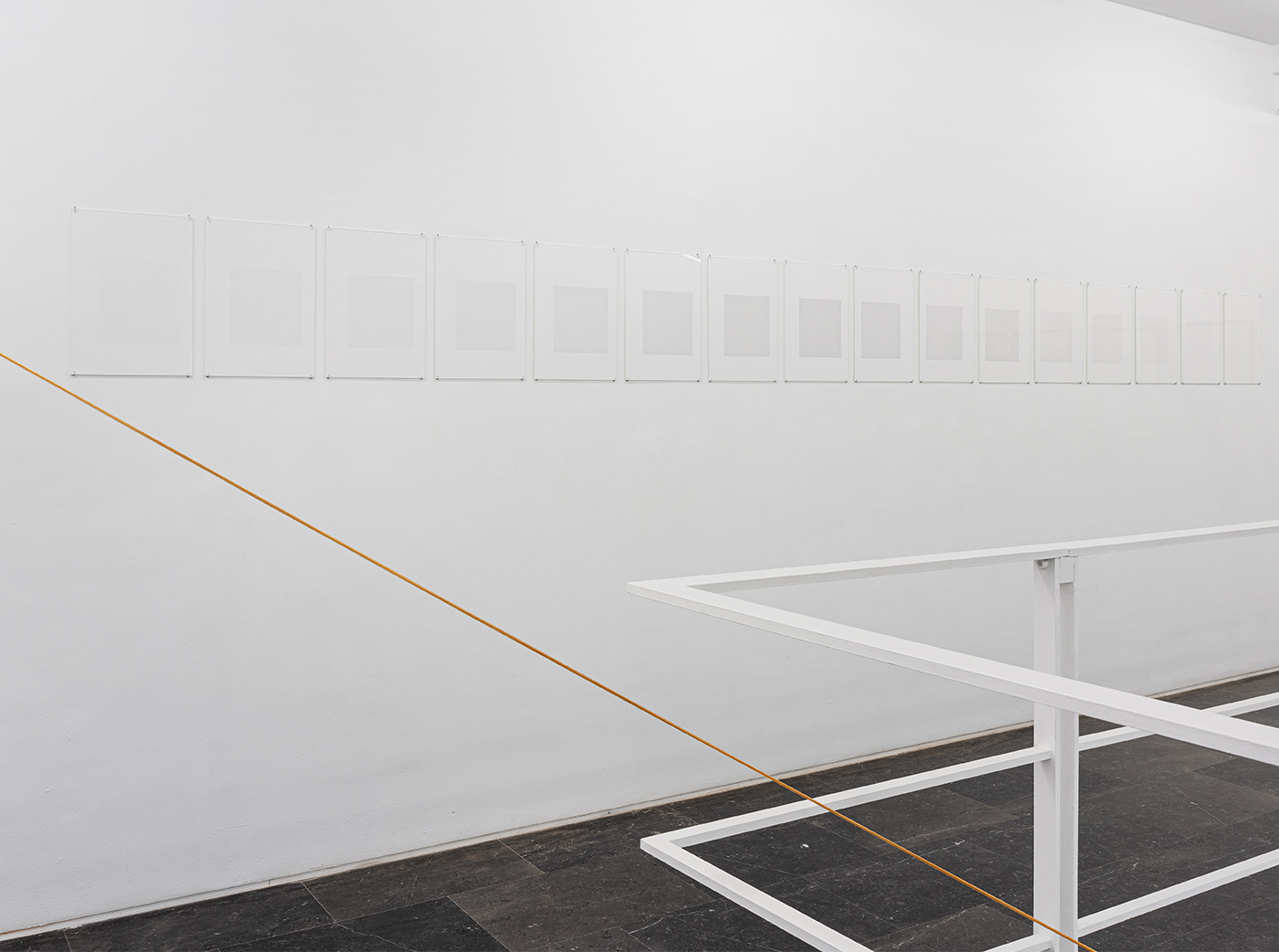Elige todo. Carlos Fernández-Pello
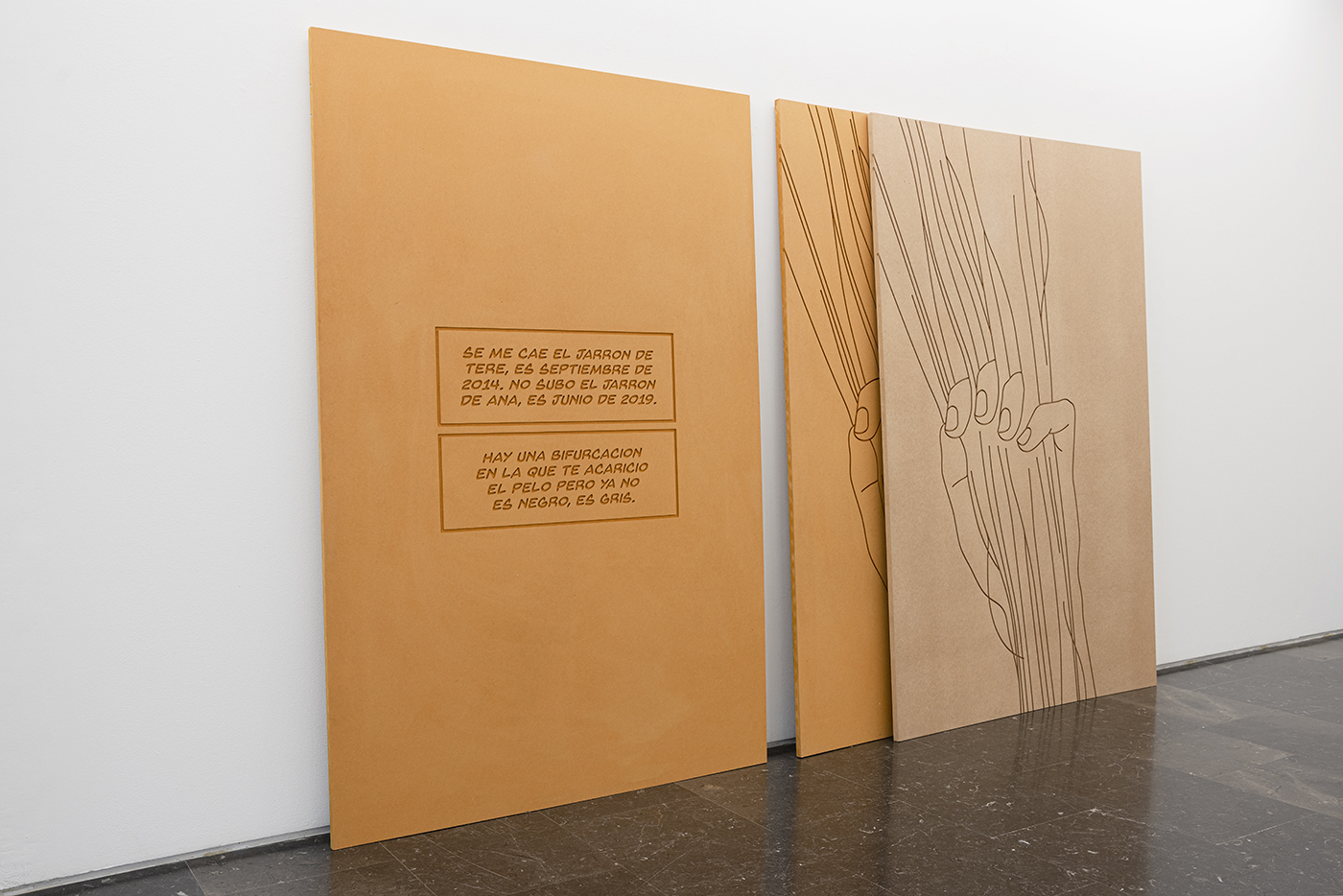
La Historia Interminable (panel 6-7), 2021. milled MDF. 185 x 122 cm
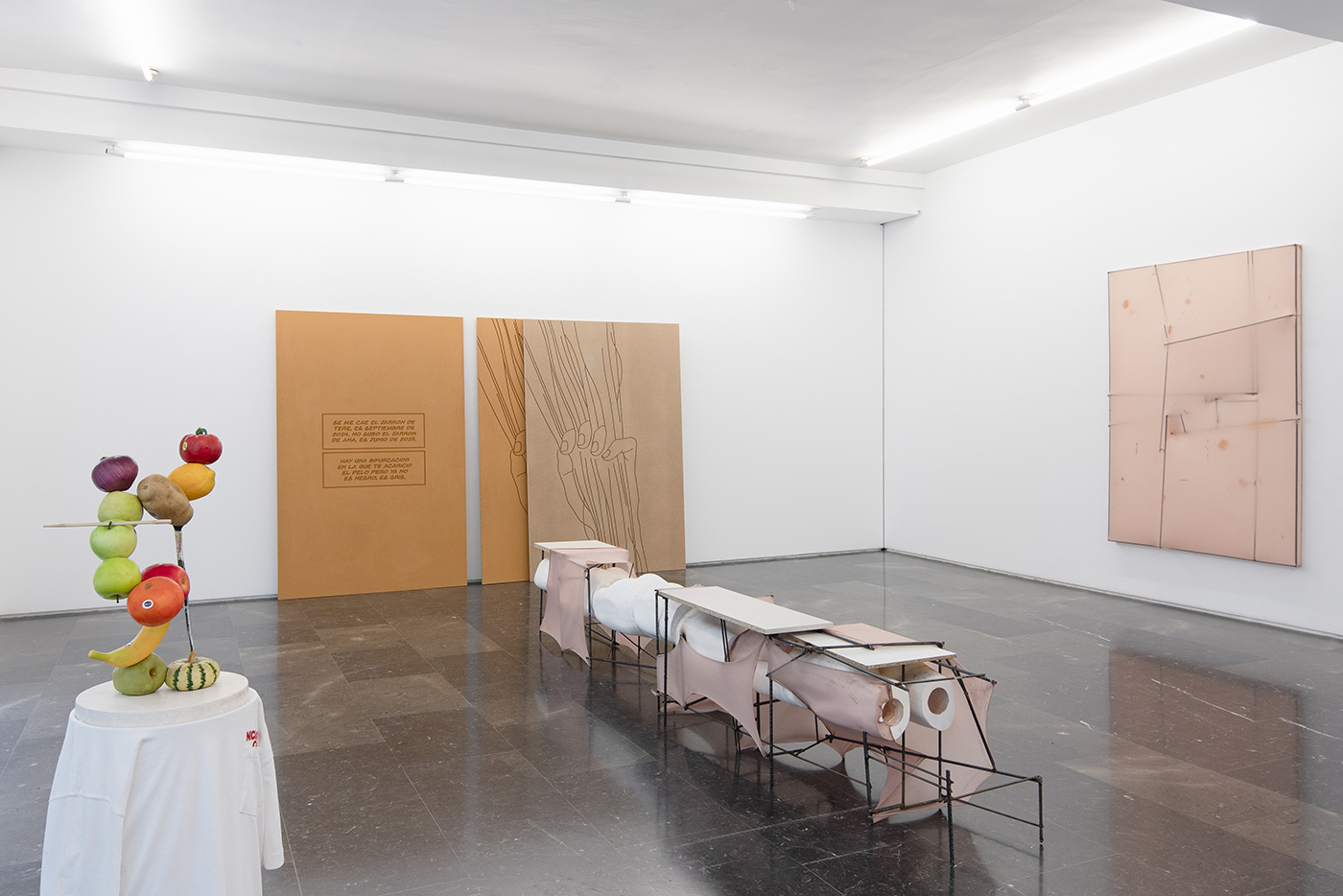
Elige todo, 2022. Room 3. General view
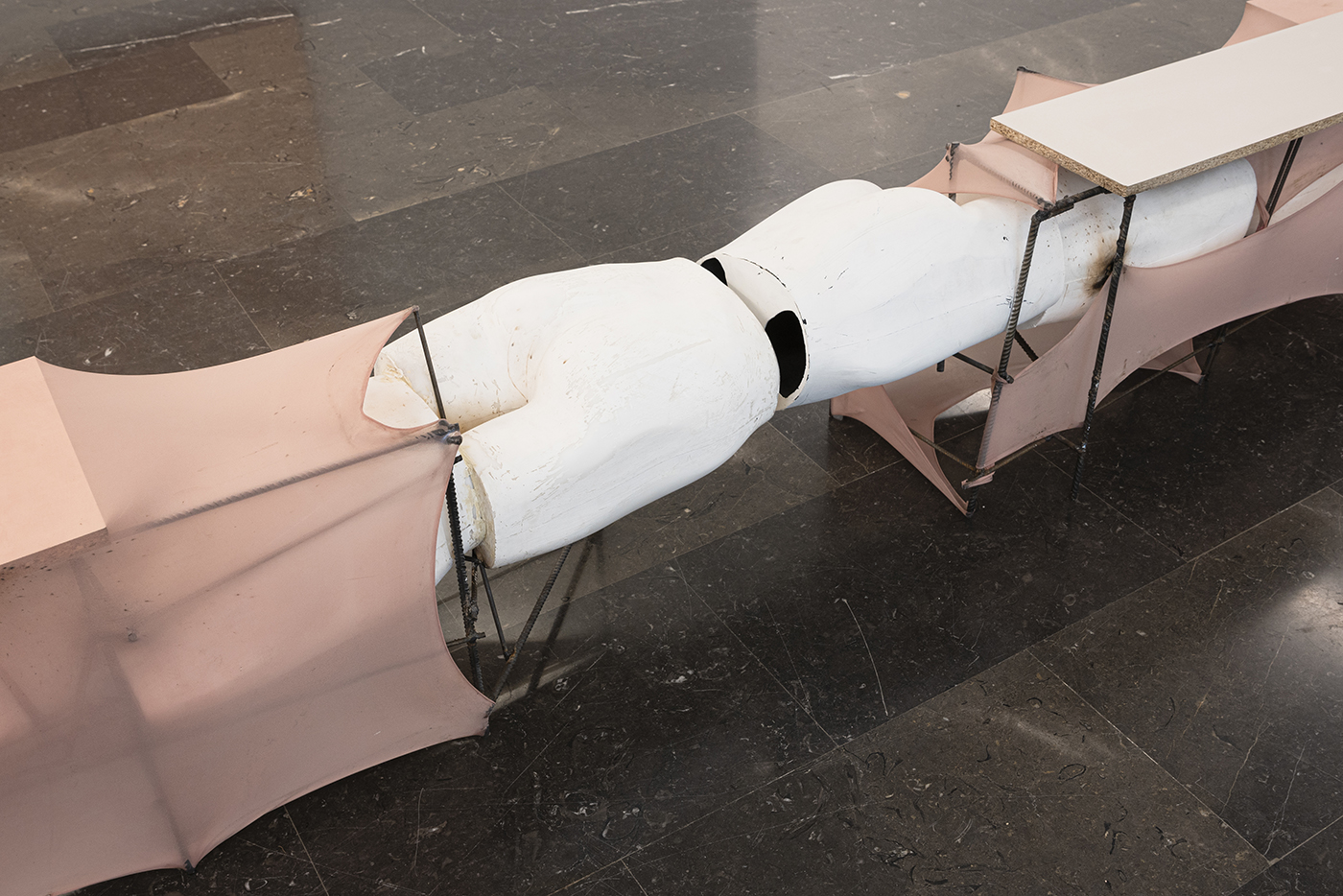
Monumento a las muelas del juicio (fallen), 2019-2022. Plastic, steel, wood, technical fabric. 320 x 52 x 50 cm
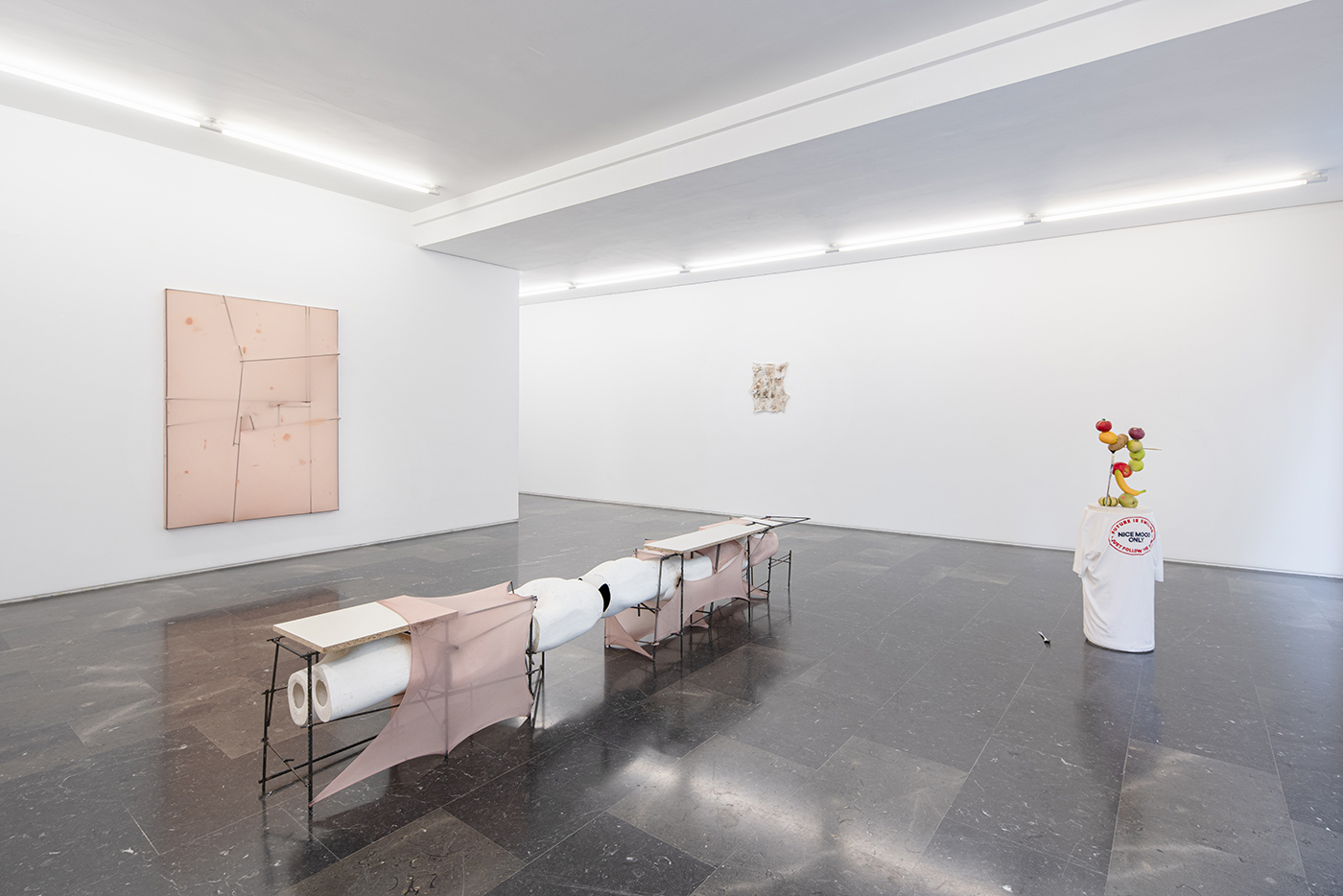
Elige todo, 2022. Room 3. General view
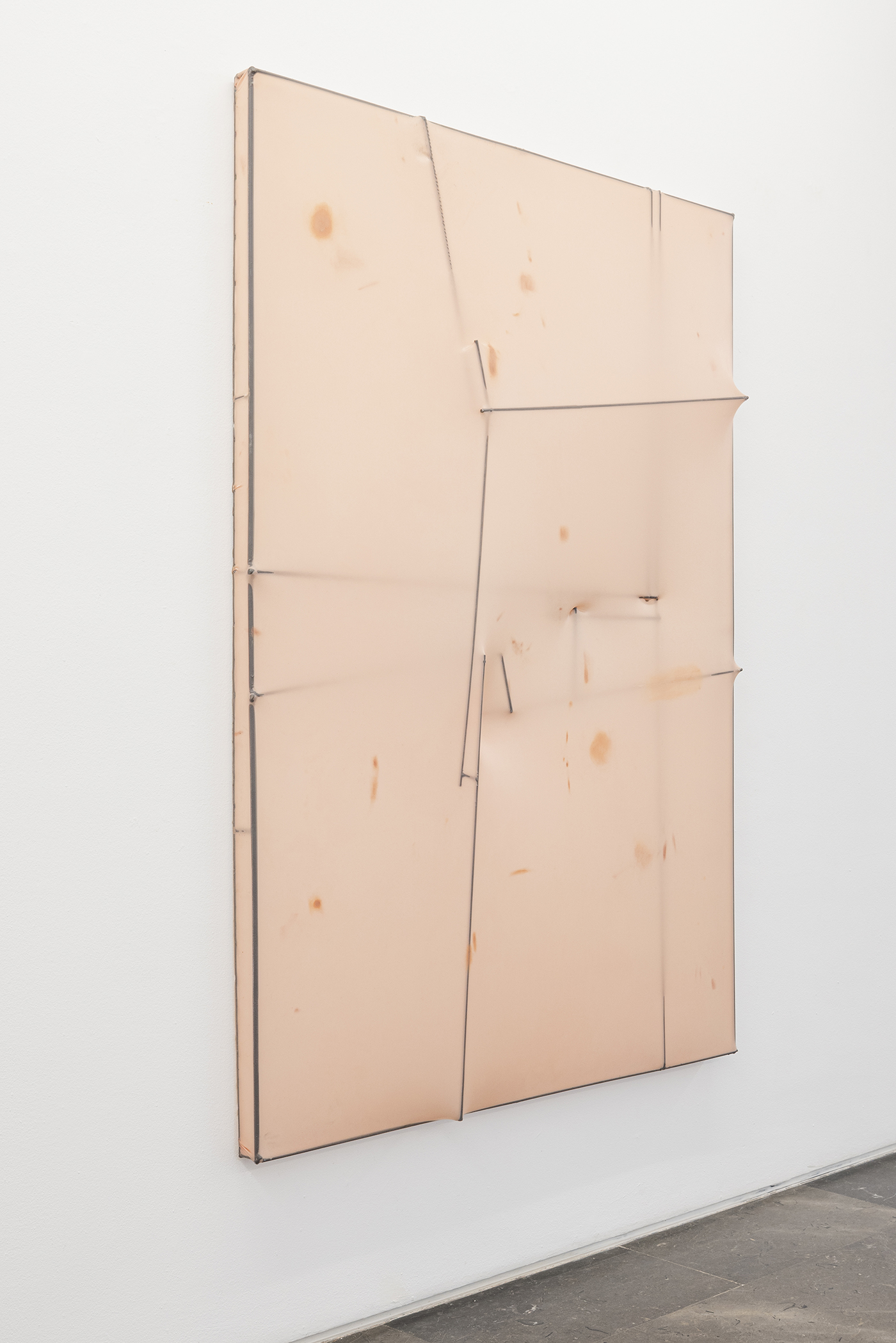
Discourse Gymnastics (Max Factor Wynie), 2022. Welded steel, technical fabric, makeup, resin. 170 x 122 cm
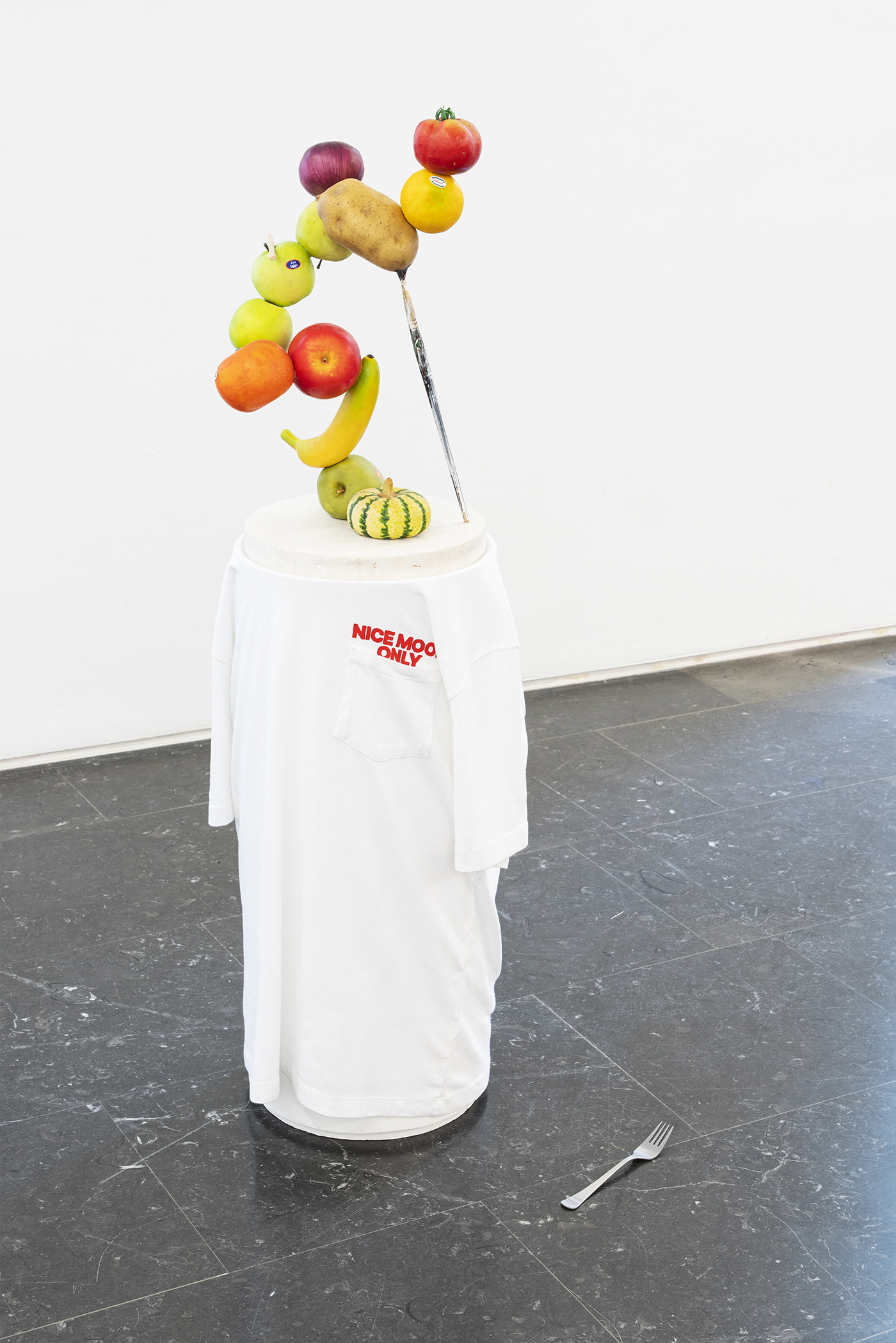
Contrapposto (in drag), 2019-2022. Wood, plastic, resin, t-shirt. 90 x 30 x 30 cm
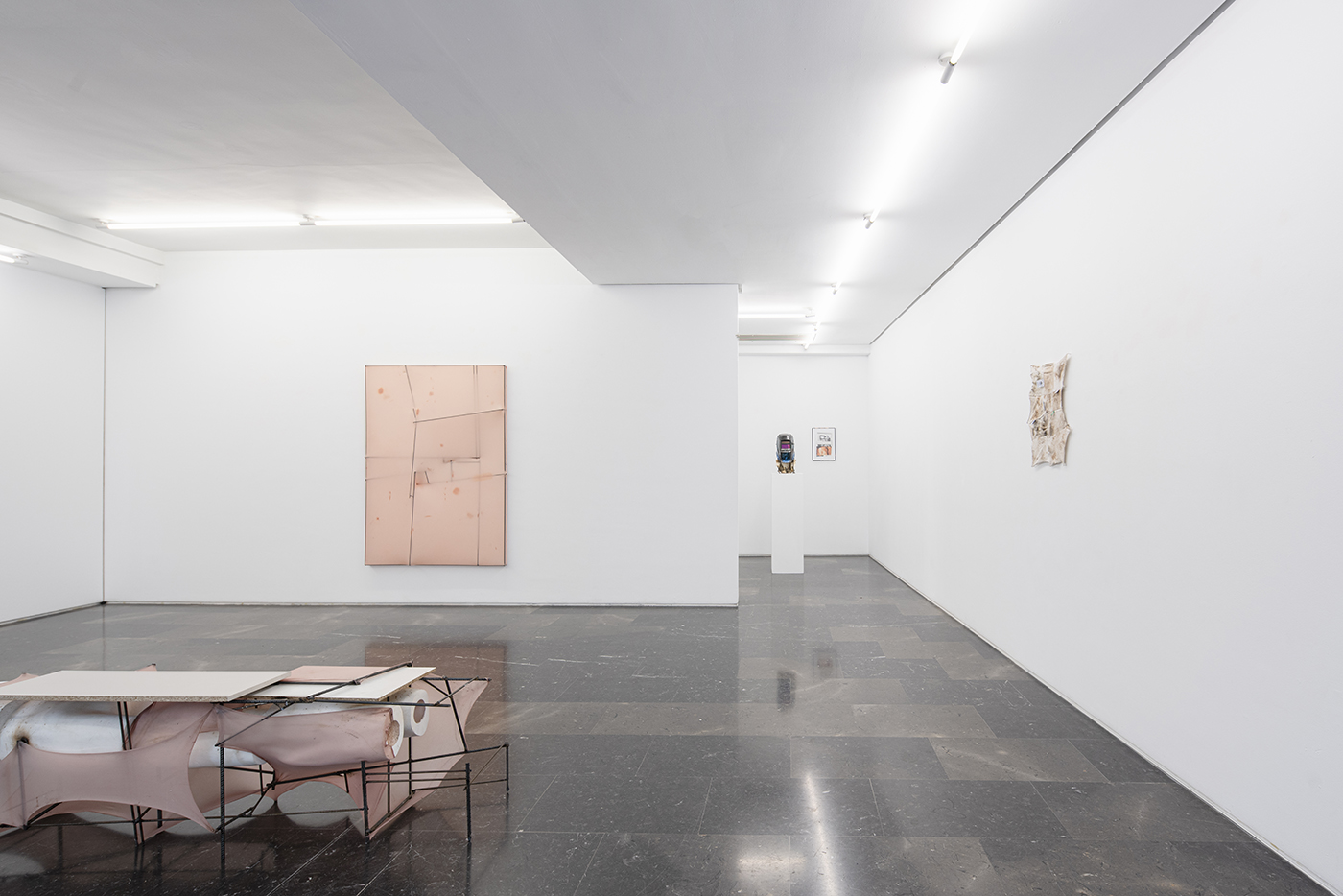
Elige todo, 2022. Room 3. General view
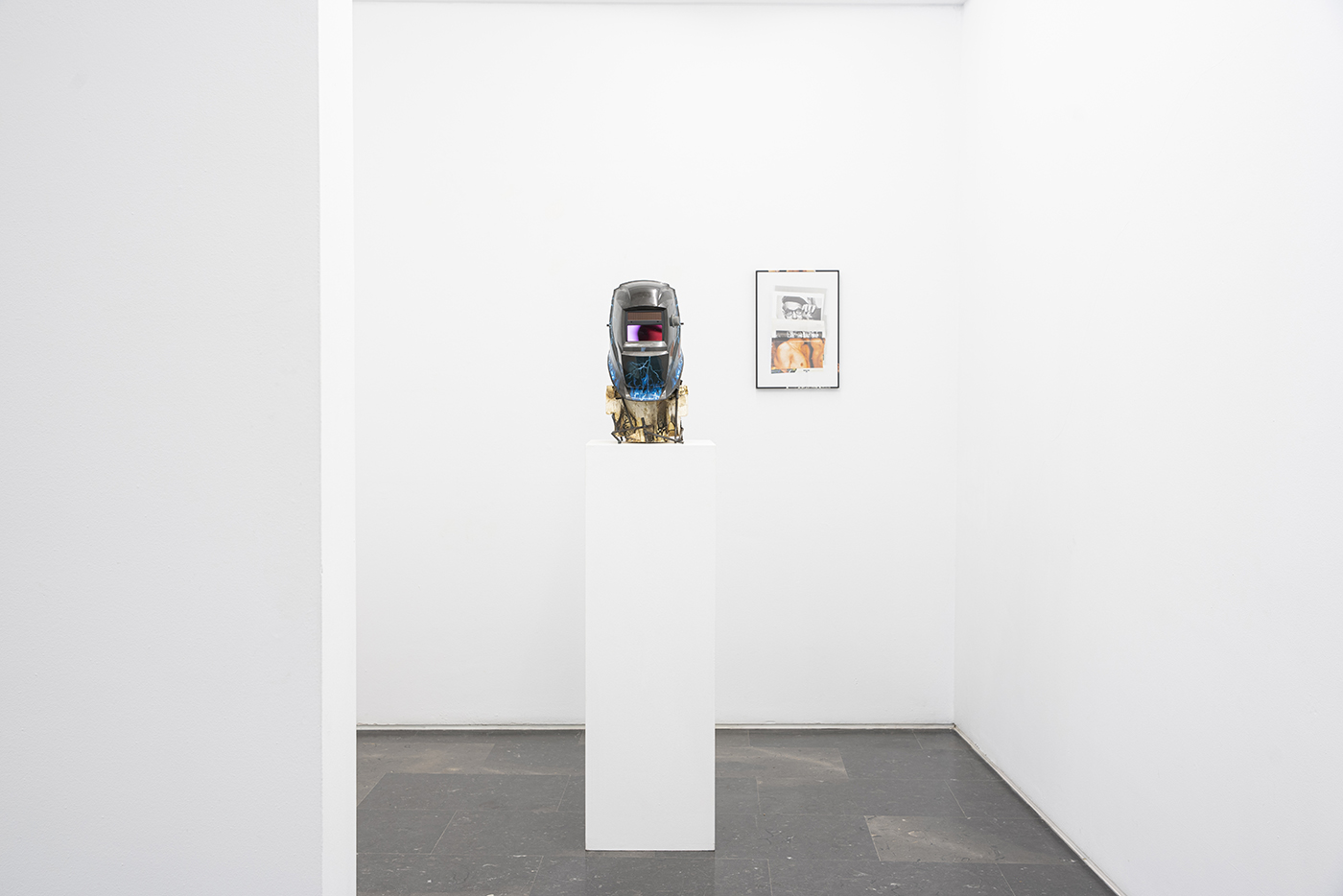
Elige todo, 2022. Room 3. General view
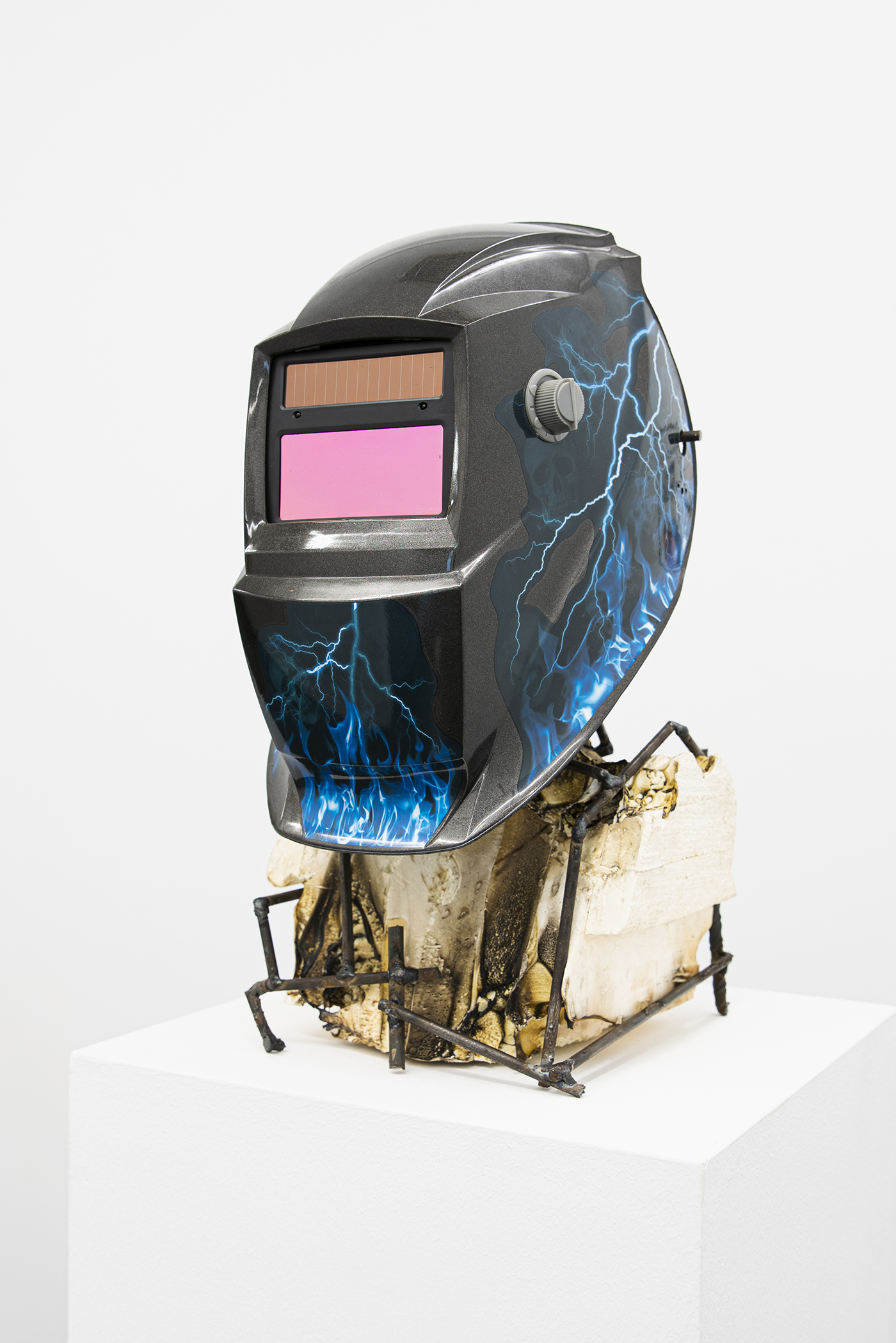
Metaverse Fighter, 2022. Polystyrene, welding mask, steel. 46 x 22 x 35 cm
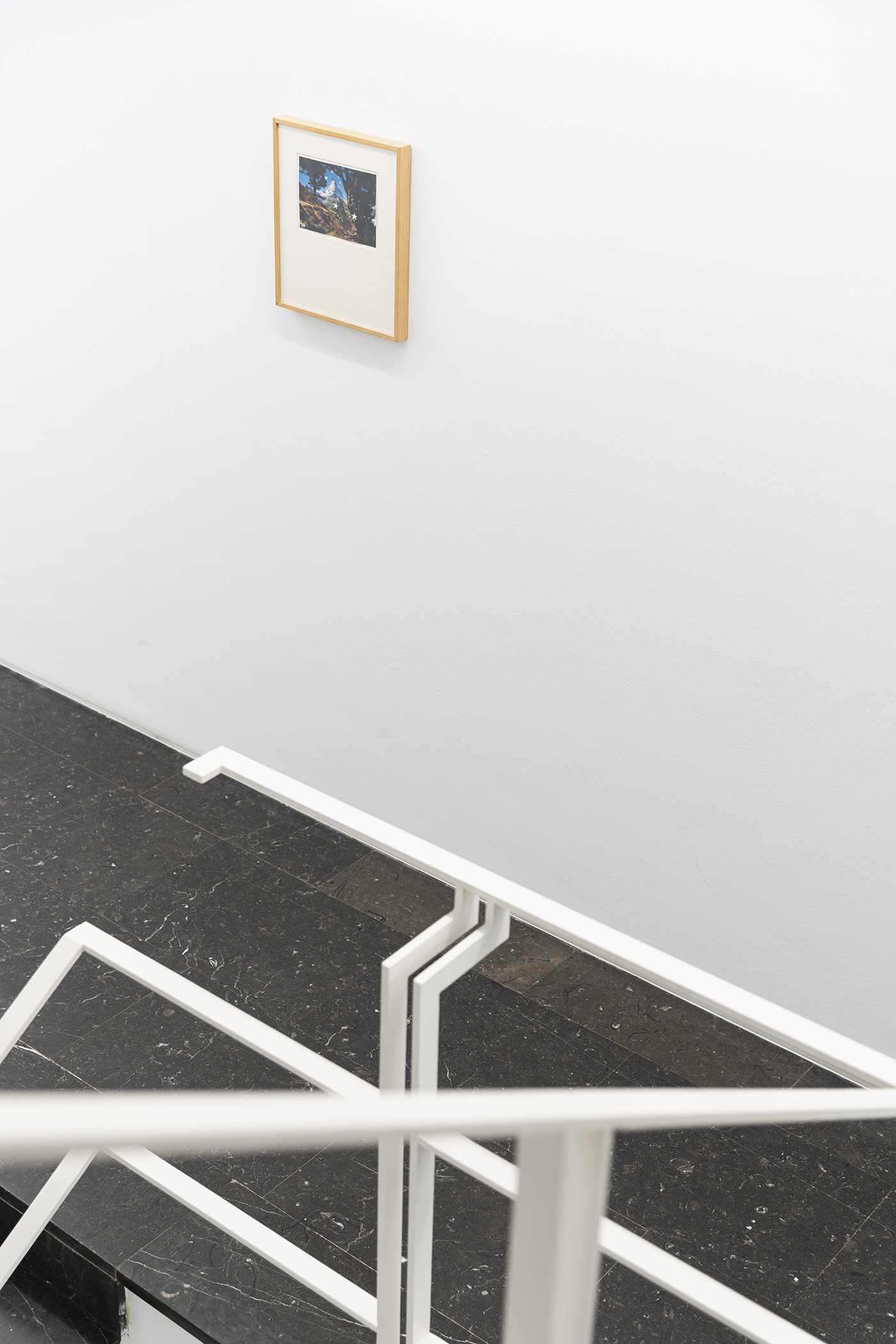
Prólogo, 2009. Acrylic on postcard. 21 x 14,5 cm
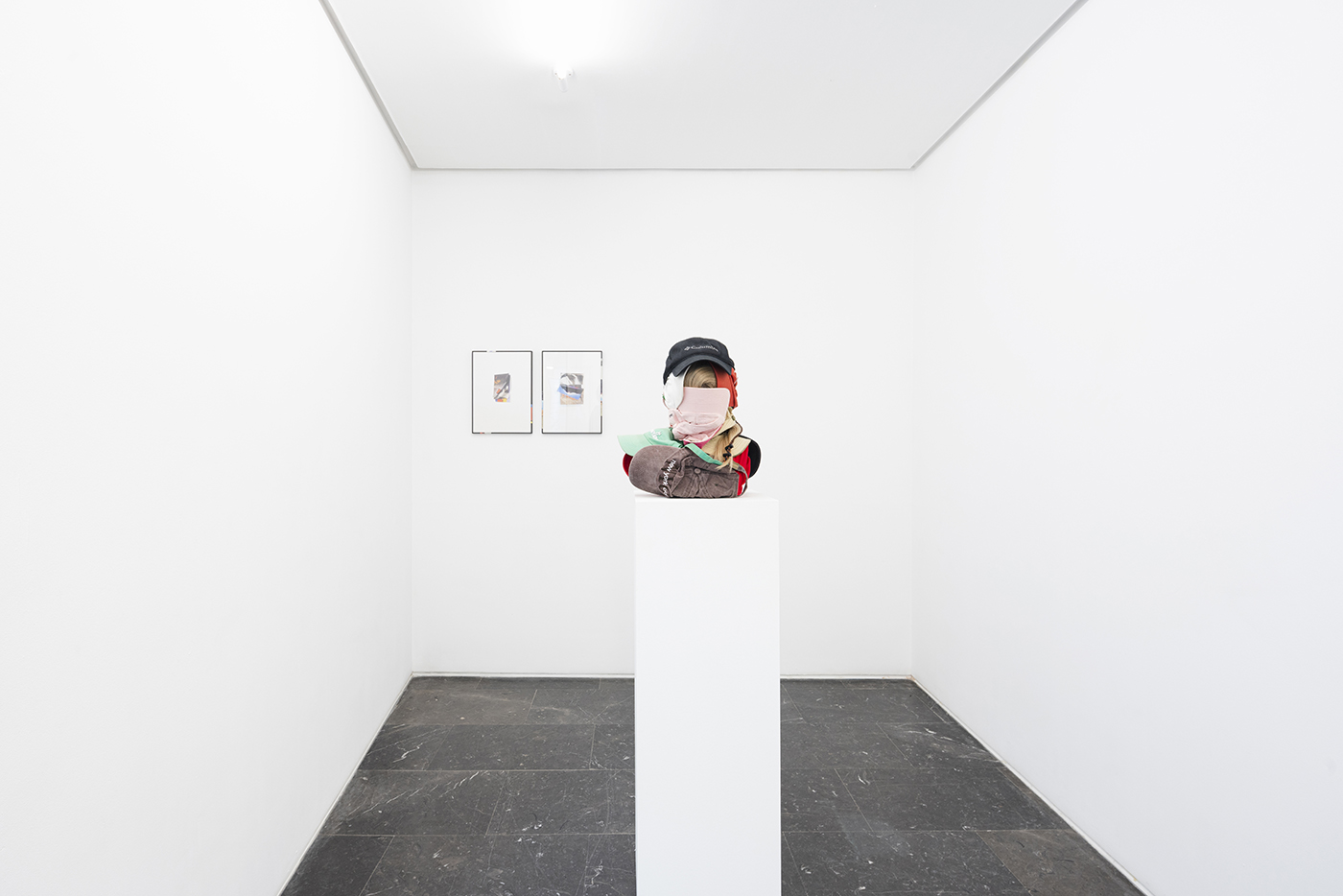
Elige todo, 2022. Room 4. General view
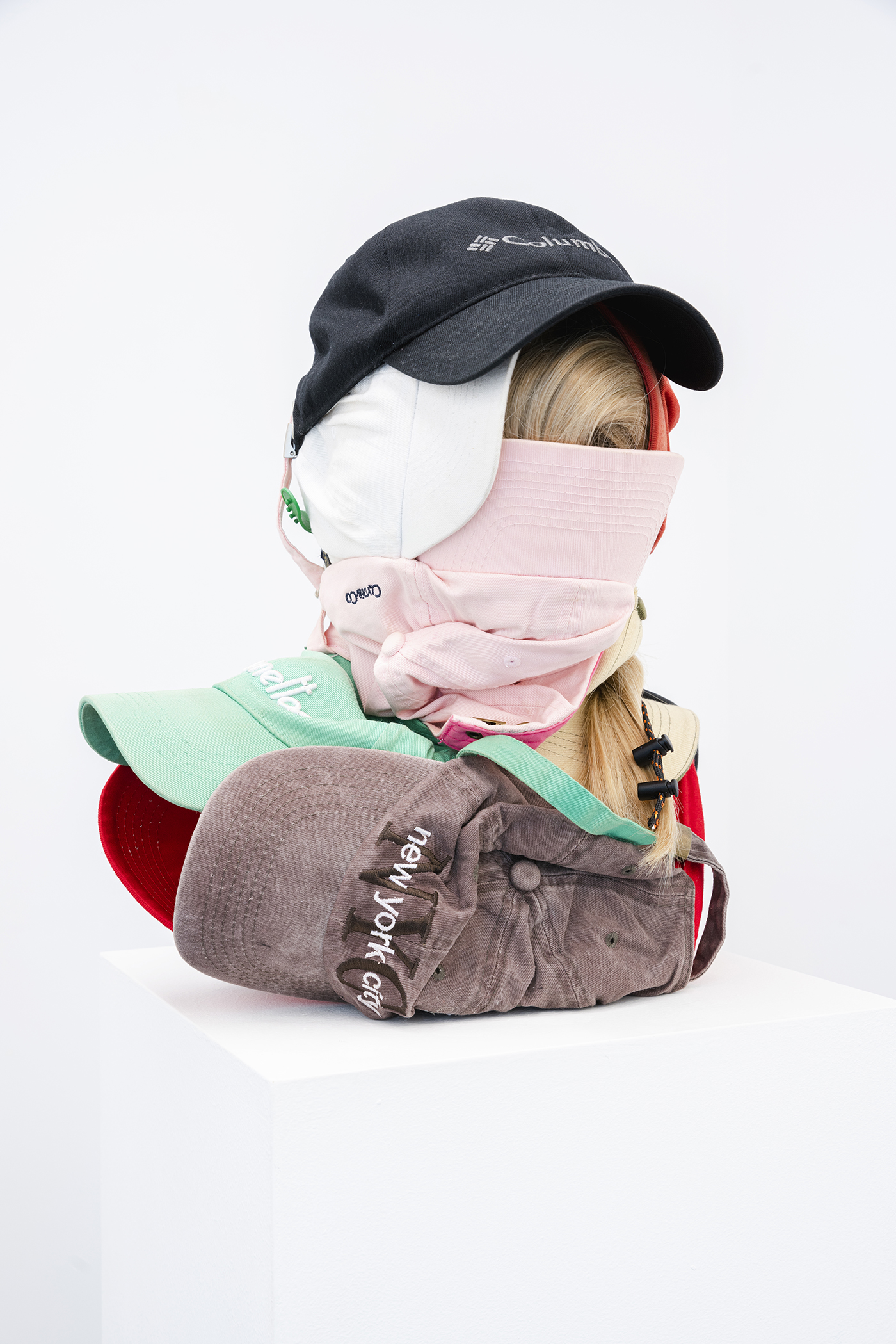
Lesbian Lover, 2022. Styrofoam, hair, brand caps. 43 x 37 x 27 cm
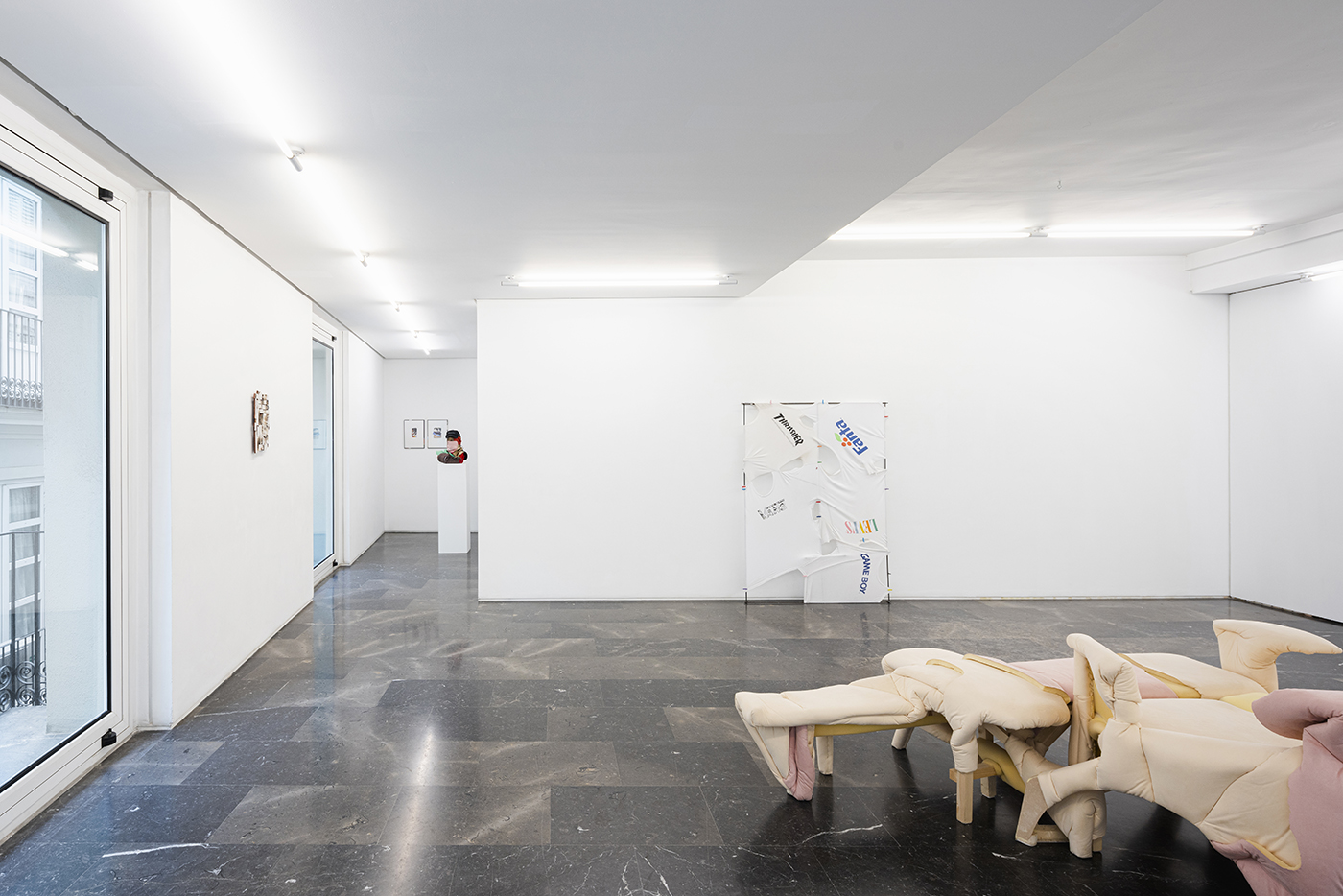
Elige todo, 2022. Room 4. General view
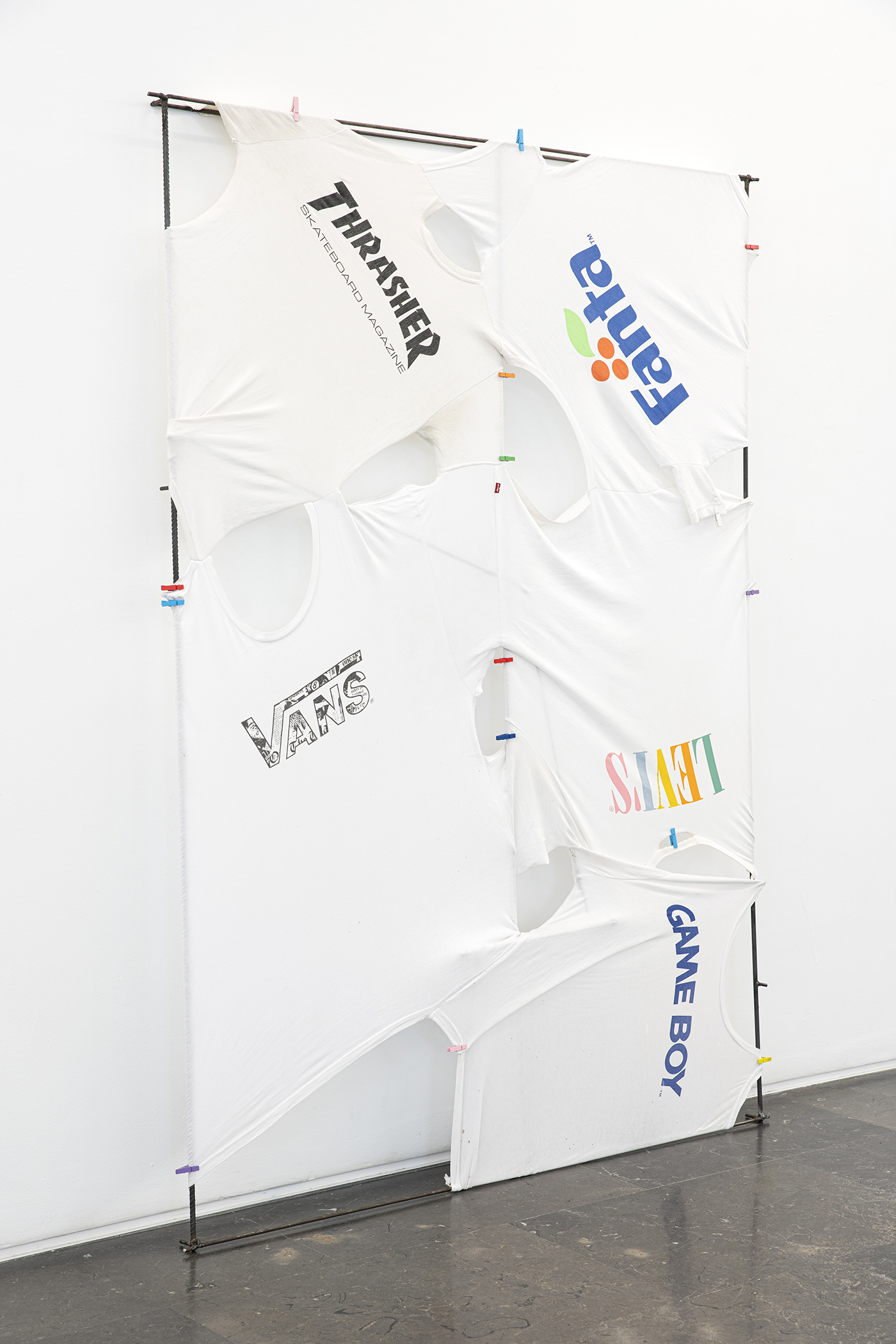
Discourse Gymnastics (Thraser Fanta Vans Levis Gameboy), 2022. Welded steel, brand t-shirts, resin. 170 x 122 cm
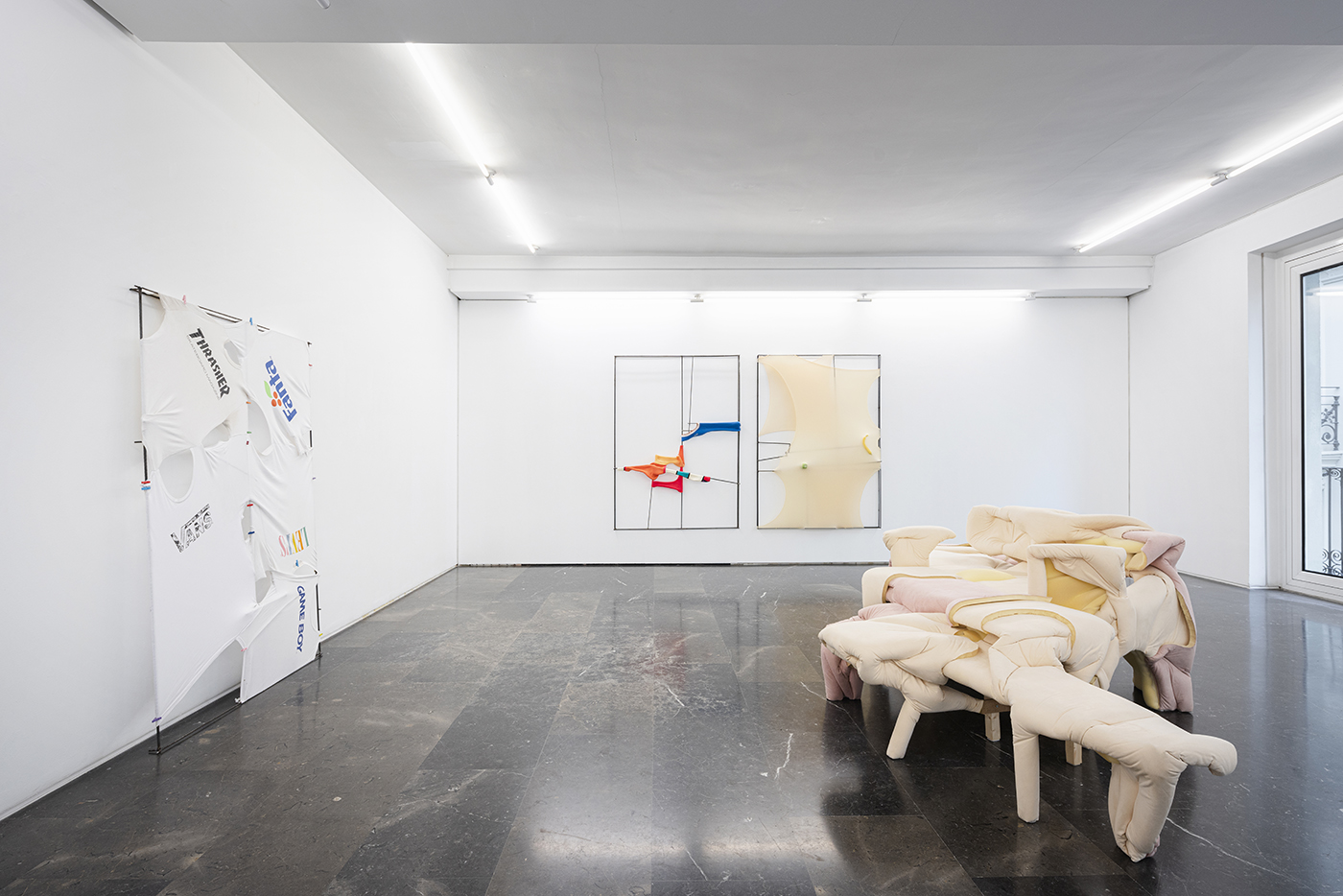
Elige todo, 2022. Room 4. General view
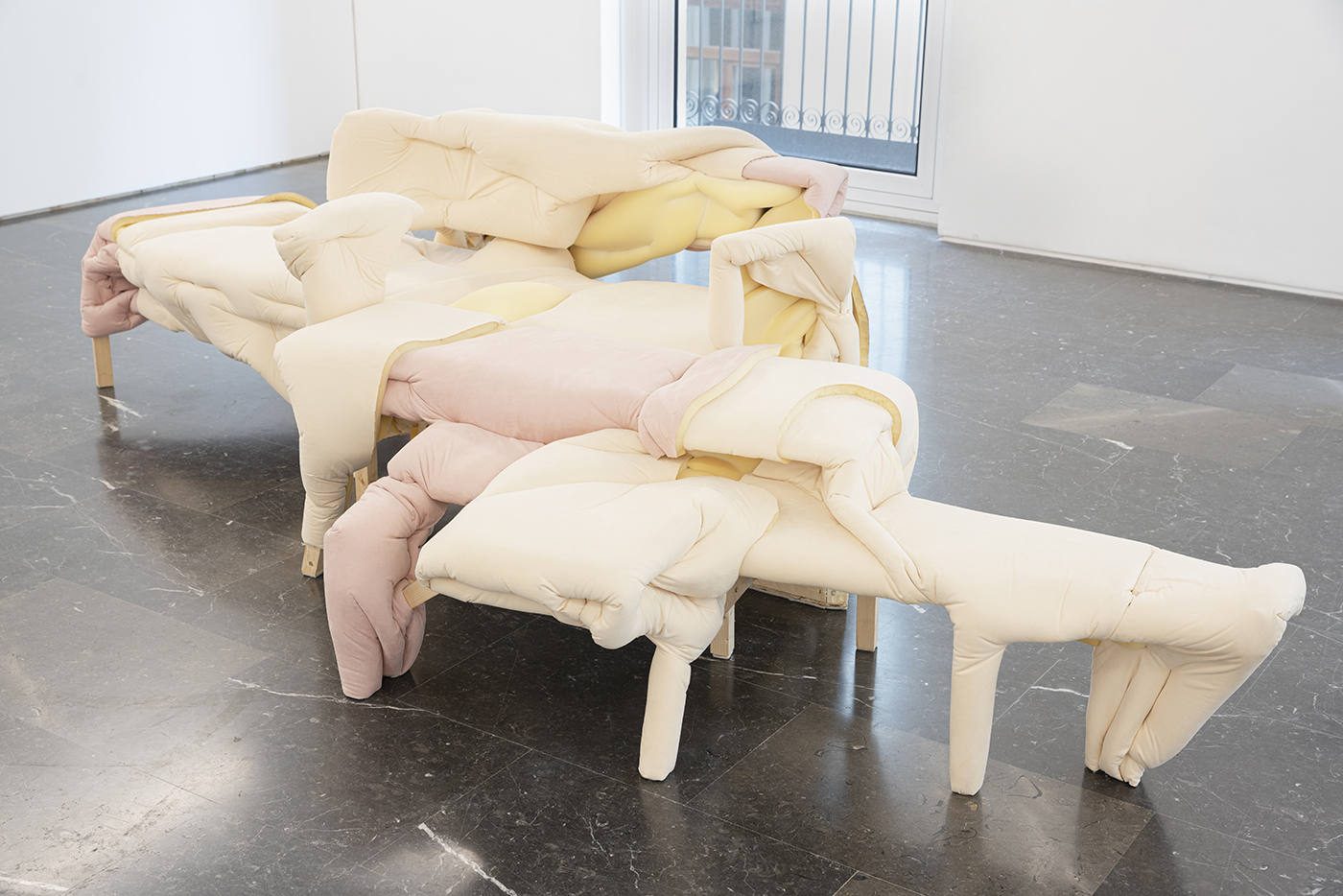
Antibody (O), 2020. Kvadrat fabric, wood, foam. 235 x 90 x 80 cm / 193 x 100 x 53 cm
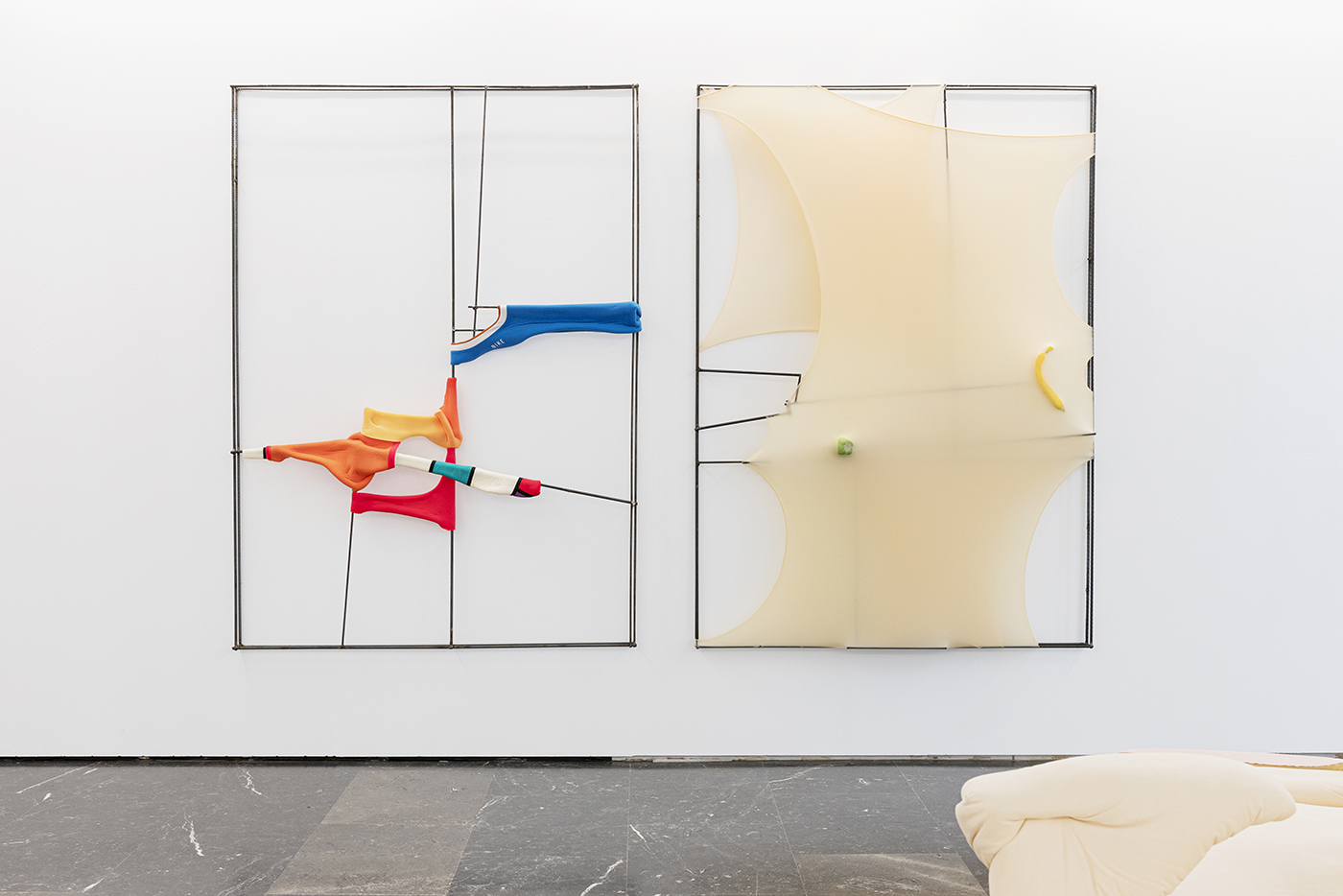
Discourse Gymnastics (Kipsta GRMY Nike), 2022. Welded steel, artist's technical clothing. 170 x 122 cm / Discourse Gymnastics (Fruit of The Loom), 2022. Welded steel, technical fabric, plastic fruits. 170 x 122 cm
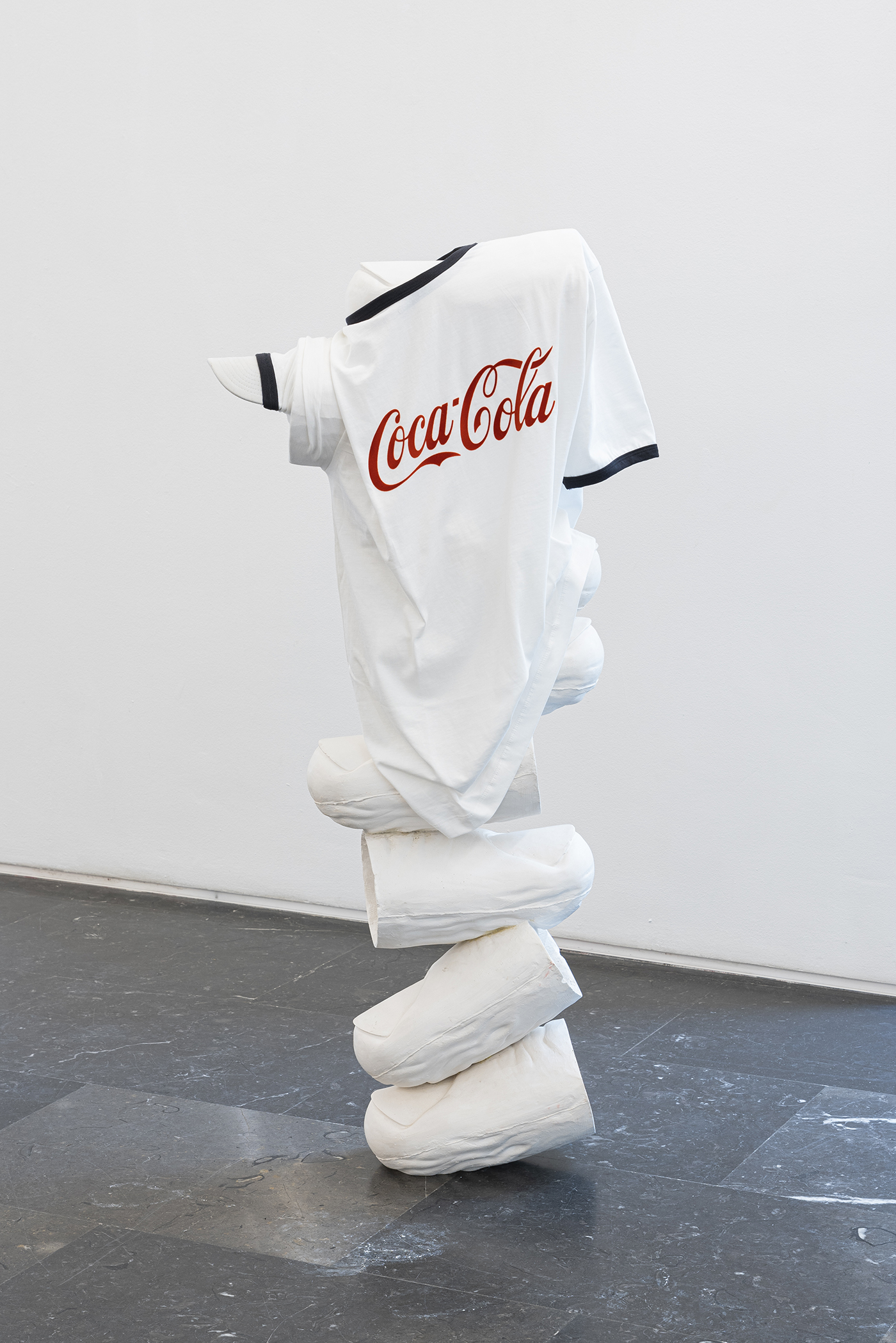
La sobredeterminación cual coral (in drag), 2019-2022. Plaster, steel, cap, Zara t-shirt. 110 x 45 x 30 cm
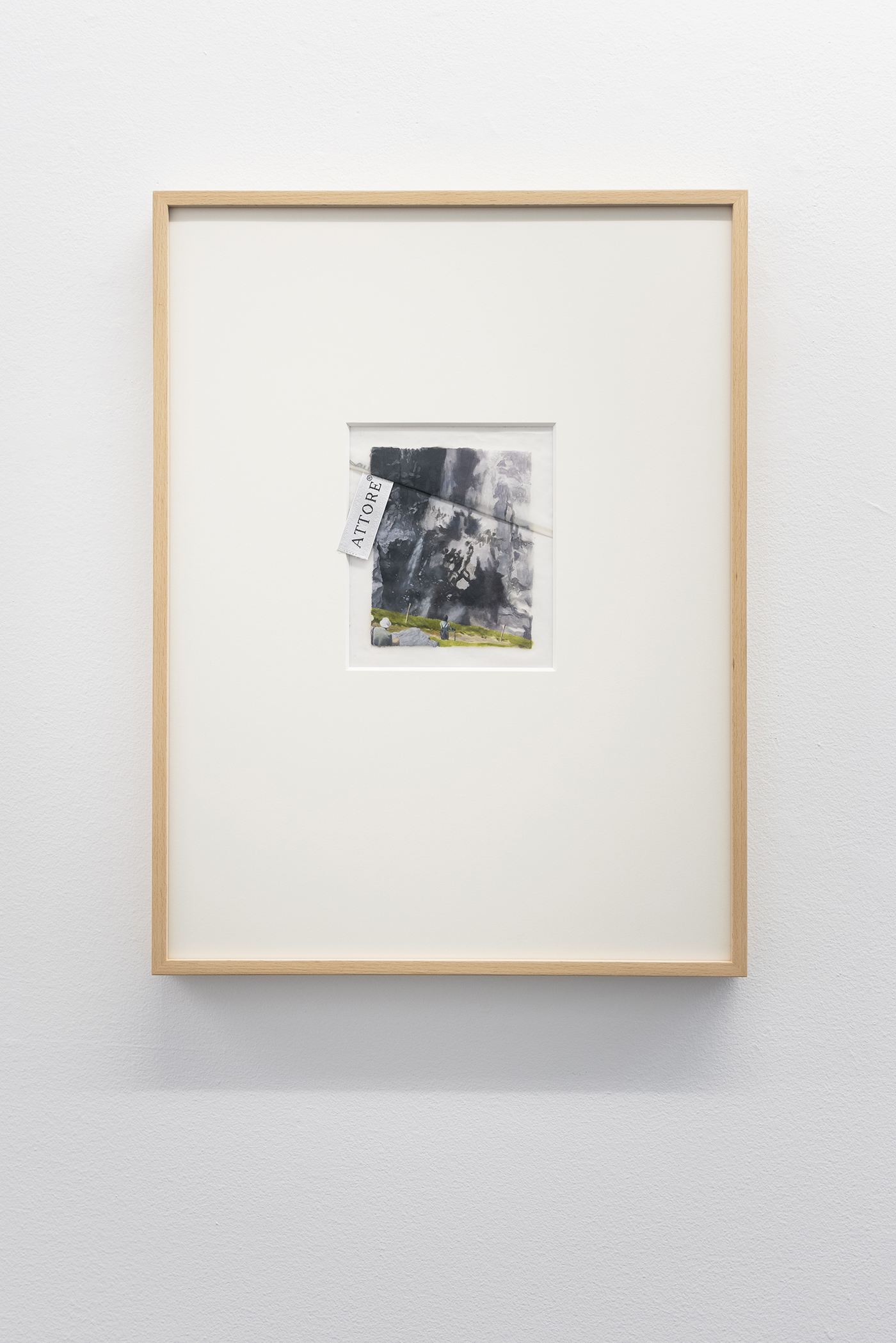
Epílogo (re-branded), 2009-2022. Oil on paper. 51,5 x 39 cm
Text
in the secret life of the artworks. His line of work oscillates between the useful, the design object, the useless, youtube, contemplation, the rest of the work, painting, images for Vevo or teaching. As if they were entities with their own agency, he is interested in thinking about what a work does when it is stored, when it breaks, when it wears out or when time passes and it gets old. When it is not exposed. Through a kind of auto-ethnography in which his own history converges with the angular times of things, Fernández-Pello accumulates a formal curriculum of his works, seeing how they change, how they regress, how they dress into other things, how a painting disguises itself as sculpture or how a t-shirt becomes a painting, redefining not only what they are but questioning the very concept of being something.

